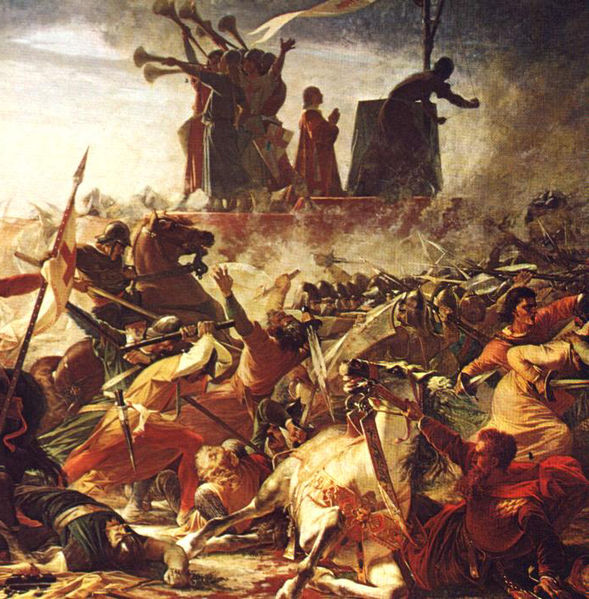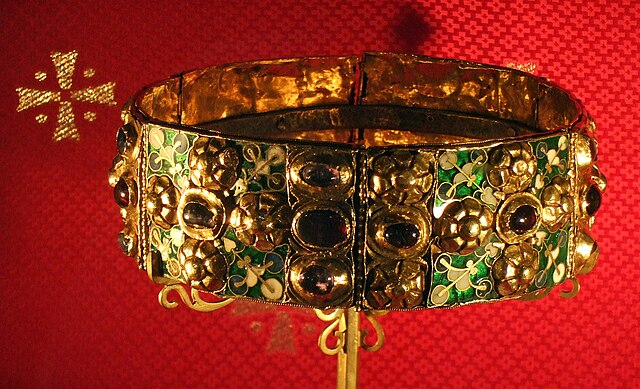The economy of Italy is a highly developed social market economy. It is the third-largest national economy in the European Union, the second-largest manufacturing industry in Europe, the 9th-largest economy in the world by nominal GDP, and the 12th-largest by GDP (PPP). Italy is a founding member of the European Union, the Eurozone, the OECD, the G7 and the G20; it is the eighth-largest exporter in the world, with $611 billion exported in 2021. Its closest trade ties are with the other countries of the European Union, with whom it conducts about 59% of its total trade. The largest trading partners, in order of market share in exports, are Germany (12.5%), France (10.3%), the United States (9%), Spain (5.2%), the United Kingdom (5.2%) and Switzerland (4.6%).
Milan is the economic capital of Italy, and is a global financial centre and a fashion capital of the world.
The Ferrari Portofino represents the synergy of "Made in Italy" brands that strengthens the Italian economy.
Terni steel mills in 1912
Benito Mussolini giving a speech at the Fiat Lingotto factory in Turin, 1932
Northern Italy is a geographical and cultural region in the northern part of Italy. The Italian National Institute of Statistics defines the region as encompassing the four northwestern regions of Piedmont, Aosta Valley, Liguria and Lombardy in addition to the four northeastern regions of Trentino-Alto Adige, Veneto, Friuli-Venezia Giulia and Emilia-Romagna.
Migration of the Lombards towards northern Italy
The defence of the Carroccio during the battle of Legnano (1176) by Amos Cassioli (1832–1891)
San Michele Maggiore, Pavia, where almost all the kings of Italy were crowned up to Frederick Barbarossa
The Iron Crown of Lombardy, for centuries a symbol of the Kings of Italy








